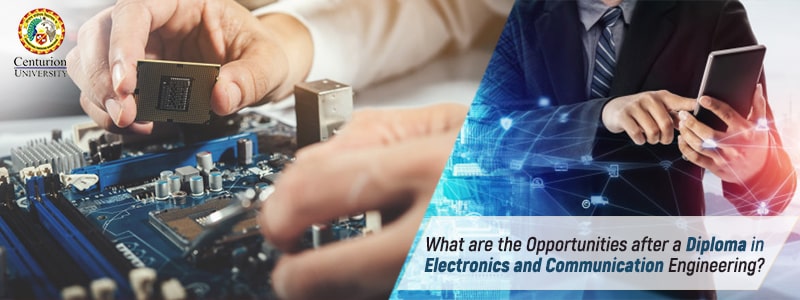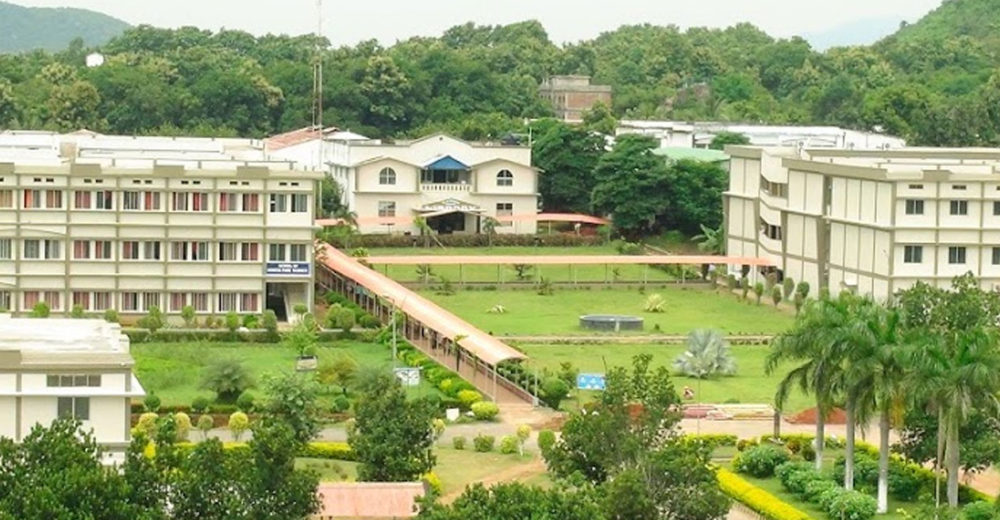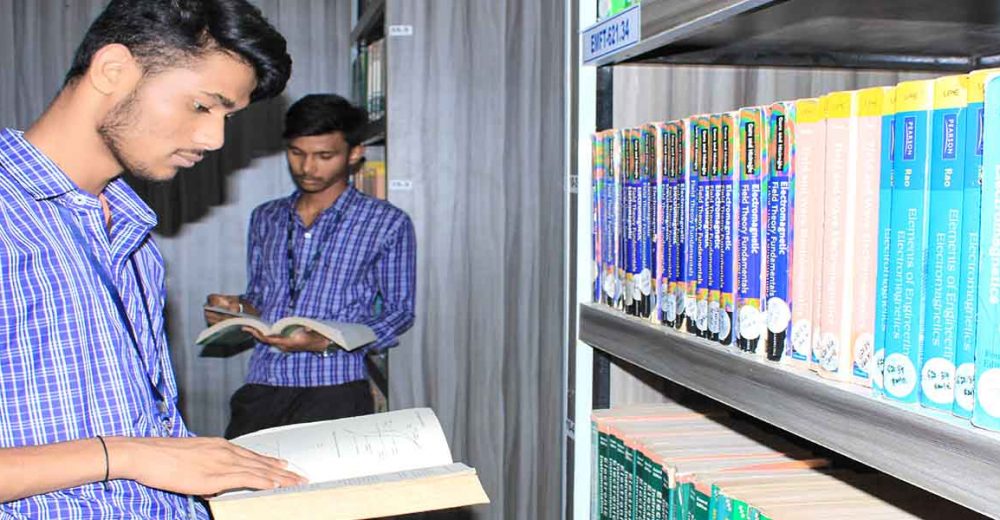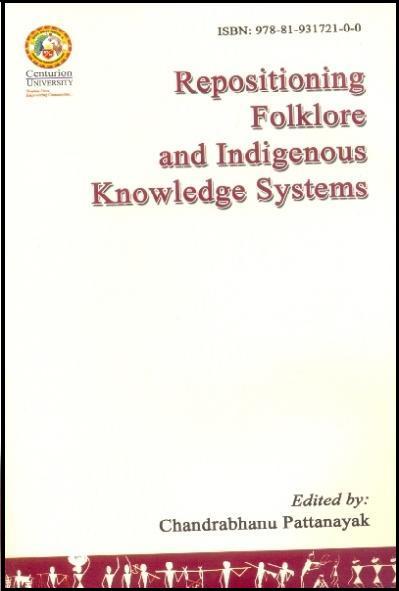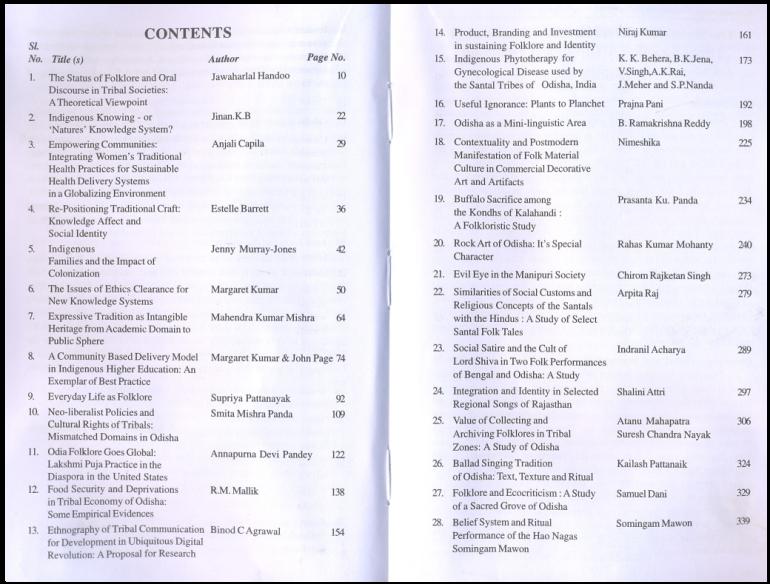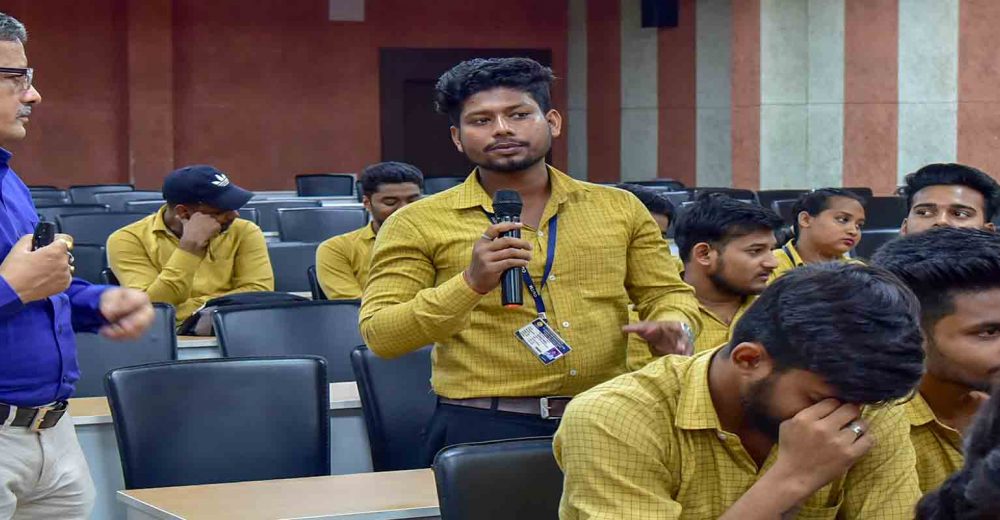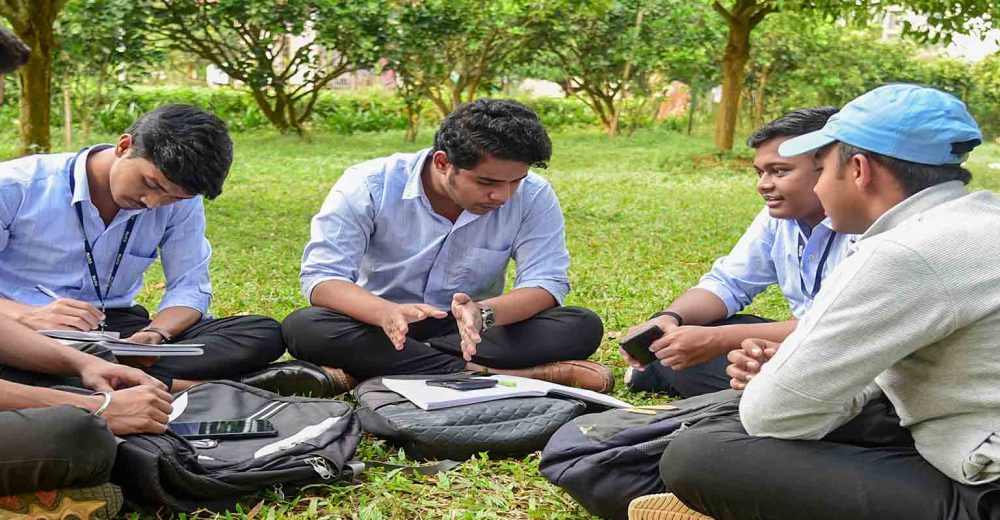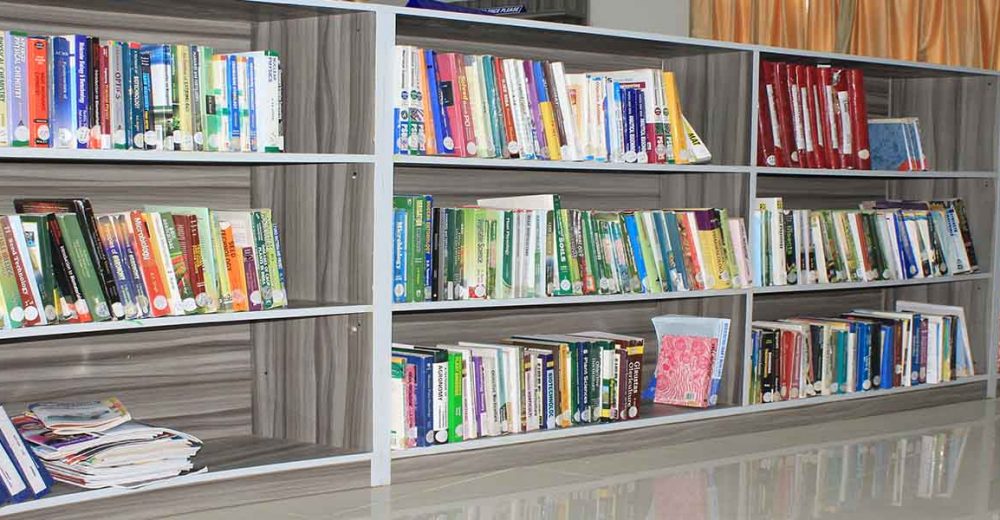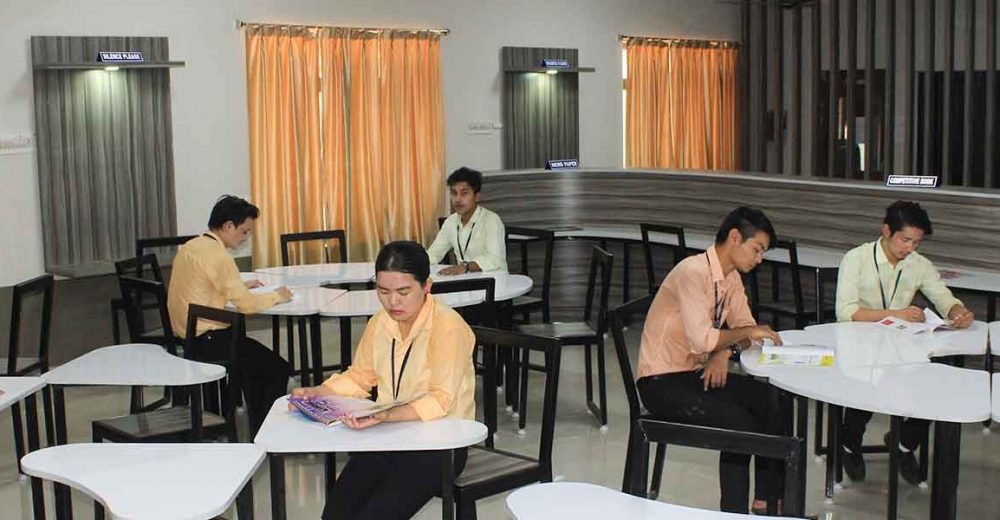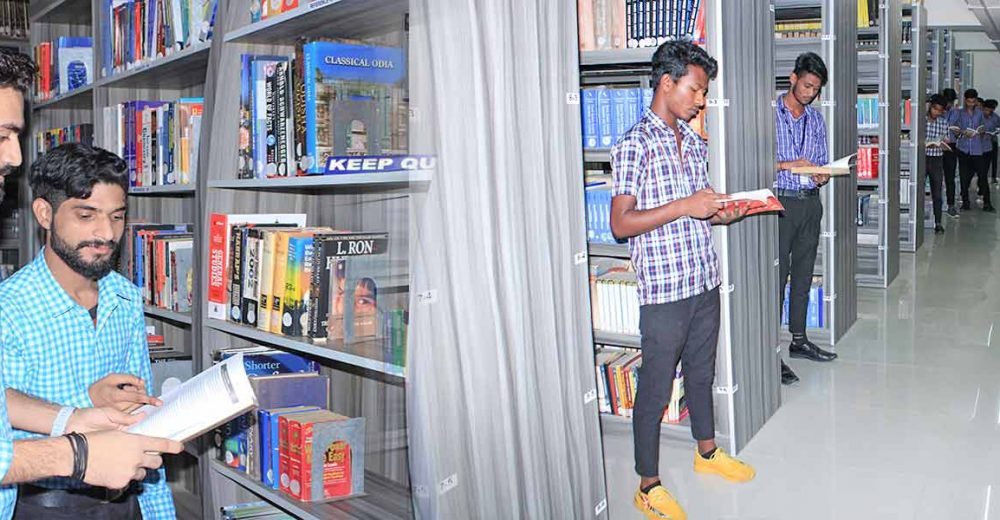All manuscripts should be prepared in Microsoft Word format, in Times New Roman, font size 12 for English, typed in double space and one-inch margins on single-sided A4 paper. In case of quantitative/experimental work, the author(s) must specify the purpose of the study. The text of observational and experimental articles should usually be divided into the following sections with the headings, such as Introduction, Methods, Results, and Discussion to clarify their content. All pages of the manuscript should be numbered consecutively at the right corner of the page.
The Title page (page-1 must contain title of the article, name(s) of the corresponding author(s) telephone, and email address of the author responsible for correspondence. It must also contain the source(s) of support if any received in the form of grants, equipment, drugs. The word count should include text of the article only (excluding abstract, acknowledgements, figure legends, and references). This page should also indicate the number of figures used in the article. Page-2, must contain only title of the article, abstract and keywords. Page-3 onwards must contain the actual article beginning with the Title and ending with References.
Abstract: An abstract is a succinct (one paragraph) summary of the entire paper. A concise and factual abstract is required (maximum length of 250 words). The abstract should state briefly the aims, methods, results and major conclusion of the research. From the abstract, a reader should be able to make out the content of the article. Hence, it requires special attention of the author. An abstract is often presented as separate from the article, so it must be able to stand alone. References should be avoided.
Keywords: Immediately after the abstract, provide a maximum of 8 keywords, avoiding general and plural terms and multiple concepts (avoid, for example, ‘and’, ‘of’).
Introduction: The main purpose of the introduction is to provide the necessary background or context of the study (i.e the nature of the problem and its significance). State the specific purpose or objective of the study. Provide a brief but appropriate historical backdrop and the contemporary context in which the proposed research question occupies the central stage.
Methods: Methods section must succinctly describe what was actually done. Describe the source population and the selection criteria for study participants. Identify the methods, apparatus, and procedures in sufficient detail to allow other workers to reproduce the results. Authors submitting review manuscripts should describe the methods used for locating, selecting, extracting and synthesizing data. Describe statistical methods with enough detail to enable a knowledgeable reader with access to the original data to verify the reported results.
Results: Authors must avoid repeating in the text, all the data provided in the tables or illustrations and graphs as an alternative to tables with many entries or duplicate data in graphs and tables. This section must focus on scientifically appropriate analyses of the salient data.
Discussion: This section must emphasize the new and important aspects of the study and the conclusions that follow from them. For experimental studies it is useful to begin the discussion by summarizing briefly the main findings, and then explore possible mechanisms or explanations for these findings. Compare and contrast the results with other relevant studies, state the limitations of the study, and explore the implications of the findings for future research and clinical practice. The Results and Discussion sections may be combined
References: References must be written according to the guidelines of Publication Manual of the American Psychological Association (6th edition). Responsibility for the accuracy of bibliographic citations lies entirely with the authors.
- Citations in the text: Please ensure that every reference cited in the text is also present in the reference list (and vice versa). Avoid citation in the abstract. Unpublished results and personal communications should not be in the reference list, but may be mentioned in the text. Citation of a reference as ‘in press’ implies that the item has been accepted for publication.
- Citing and listing of web references: As a minimum, the full URL should be given. Any further information, if known (author names, dates, reference to a source publication, etc.), should also be given. Web references can be listed separately (e.g., after the reference list) under a different heading if desired, or can be included in the reference list.
- Text: Citations in the text must follow the referencing style used by the American Psychological Association. You can refer to the Publication Manual of the American Psychological Association (Sixth Edition).
- List: References must be arranged first alphabetically and then further sorted chronologically if necessary. More than one reference from the same author(s) in the same year must be identified by the letters “a”, “b”, “c”, etc., placed after the year of publication.
Use the author/date system of reference in the text (e.g., Chomsky, 1997). Gather the references alphabetically after the text, using last names and first initials.
Original Articles: Original articles must report research work which has not been published and is not under consideration for publication elsewhere.

